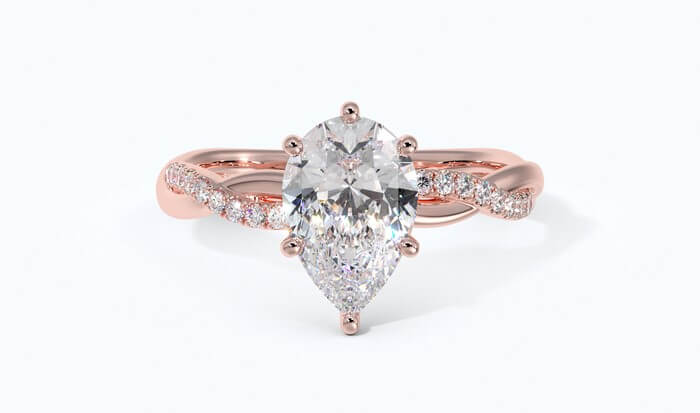Insider’s Guide to Cluster Settings
Key Takeaways
- Simplicity can be key when looking for the perfect engagement ring, but split shank settings can really work with the type of ring you’ve imagined.
- Despite needing to be cleaned pretty regularly, the split shank is durable and robust enough to protect the diamond.
- It allows room for any diamond, hence why it has become so popular today. Just make sure you have the right designer who can pinpoint the perfect diamond for your style.
- The split shank draws the eye to the diamond, giving it even more gravity on the finger.
- Start up a dialogue with your jeweler about the split shank design, work out whether it will be right for your style and then go from there.
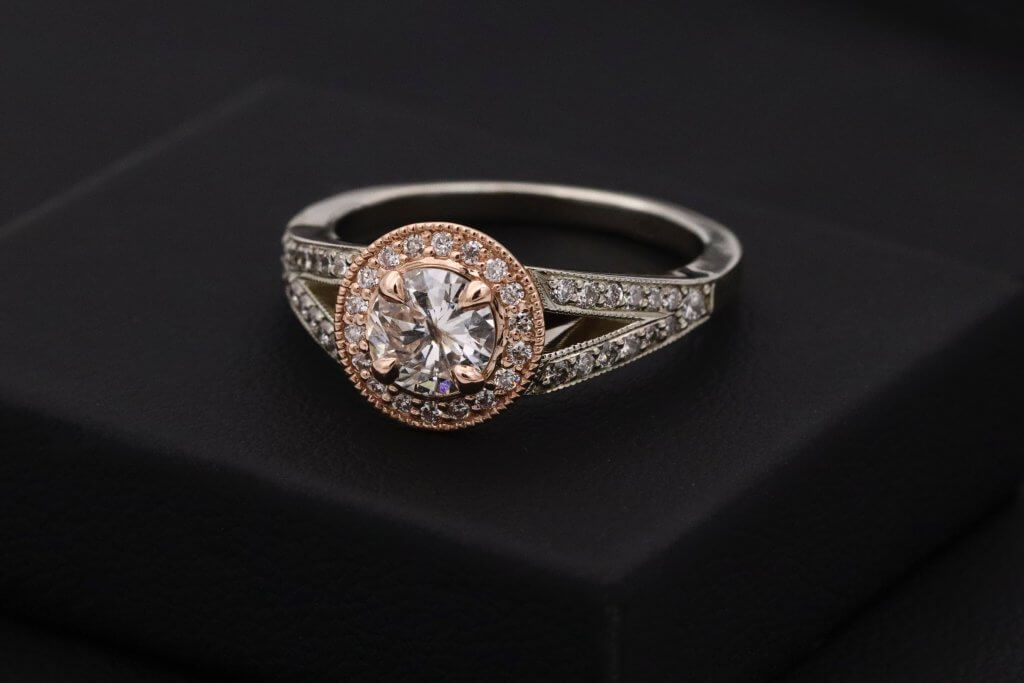
For anyone with no real experience in picking out fine jewelry, it’s easy to fixate on that center diamond, and perhaps the more intricate details and accent stones that surround it, and to leave the band itself until last.
This part of the ring is known by jewelers as the ‘shank’. It is what encircles the finger, and offers the support to the diamond on top. While some designs leave the shank plain – or even prioritize making it as inconspicuous as possible, a design feature known as the skinny band engagement ring – many customers are now looking to make the shank a feature in and of itself, and to employ the jeweler’s skills in this craft to create something a lot more intricate.
What is a Split Shank Setting?
Rather than featuring a solid band, a ring with a split shank will be parted from the shoulder of the ring (where it joins with the center diamond or diamonds) and create a noticeable gap through which the finger is slightly visible.
The result is a highly aerodynamic, flowing shape – one that offers a little more versatility, especially when it comes to sparkle. It effectively gives the jeweler twice as much surface area to work with – a great option if you’re using a pavé setting on the shank.
The distinctive ‘V’ formed by the two halves of the shank can be very wide, or it can be very narrow – almost too narrow to show any of the finger within the gap.
The space created between them will be determined by the width of the shank, and may need to be widened if the center diamond is particularly large. It’s all about creating the right proportions to make that center stone as impactful as possible.
Similarly, the split can occur very close to the center stone, or further back. This placement will also help to determine how wide the ‘V’ of the split shank becomes before it reaches the main setting.
What Does a Ring Shank Look Like?
On the finger, much of the shank will be on the side of the palm, though the shoulders of the shank appear at the top of the finger, on either side of the center setting. However, the shank has no specific appearance; it can be modified in any number of simple or intricate designs.
From the cathedral setting to an undecorated band just a few millimeters wide, a ring shank can be tailored to look however you want it to look.
Some shanks aren’t even round, though this is the most comfortable shape to wear around the finger’s circumference.
There are no rules when it comes to the ring shank. You can use our engagement ring search engine to get a good idea of how the shank can be used to amplify or simplify any design.
Are Split Shank Engagement Rings Popular?
Very popular, thanks to a number of prominent celebrities getting paparazzied wearing split shank engagement rings – and, of course, the versatility of the design for anyone looking to make a statement.
The split shank has been around for many years, but plenty of attention within the media has made it a firm favorite over the past two decades or so.
Most famously, Beyoncé’s hugely influential emerald cut diamond engagement ring featured a split shank, with each shank featuring a sparkling micro-pavé setting. That fact alone should be seen as a ringing endorsement for this setting by anyone still on the fence.
On a more personal level, those looking to create an ornate and intricate ring with plenty of sparkle will find this design perfectly adaptable. The split shanks can be created from a combination of two contrasting metals, like rose and white gold or yellow gold and platinum, or kept uniform for a more traditional look.
Is Split Shank More Expensive?
That depends on what you’re comparing it to. In all likelihood, a split shank setting of gold or platinum will be more expensive than a plain band of gold or platinum, partially because of the additional metal required, and partly because of the extra craftmanship needed to execute this design.
There is no set price for any of the different types of ring settings. While this may seem like an added complication, it’s actually pretty useful – it means you can work with your jeweler to get the design you want to be accommodated within the budget you have.
Let’s say your budget can’t stretch to the mixed metal platinum and 18 karat gold split shank design you want. You can ask your jeweler to help you bring the price down by replacing that platinum with white gold – and a lower karat at that – until you’ve got something you’re totally happy with, and able to pay for without emptying your savings account.
As with any ring, a part of the price of the split shank engagement ring setting will stem from the jeweler’s time and craft, which means that this part of the cost will probably be higher than it is for a simpler design. But, like always, the final price tag lies in your ability to work with your jeweler and make this design your own.
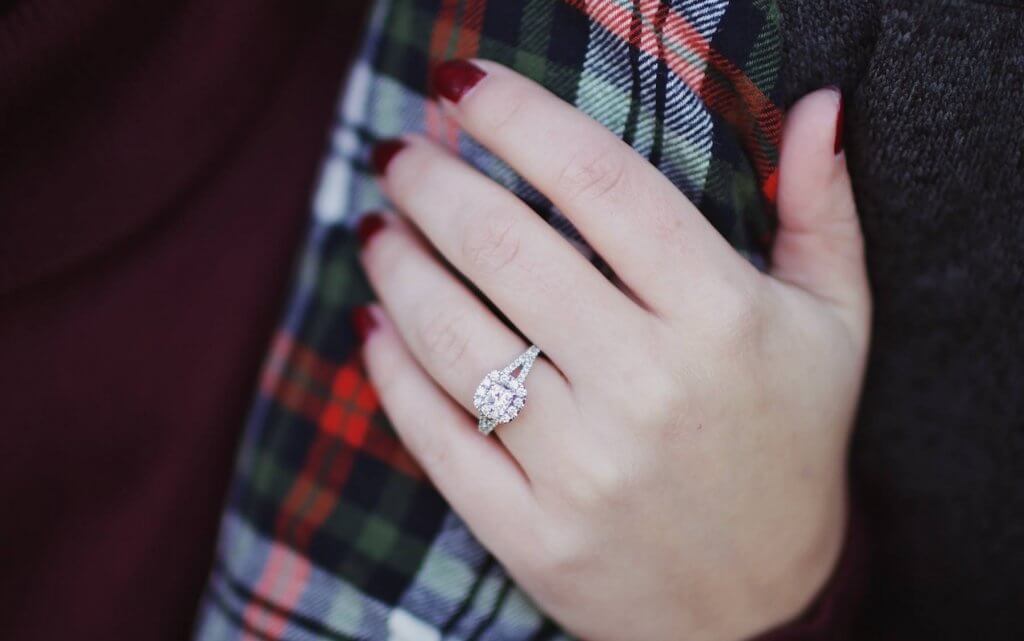
Does a Split Shank Make the Diamond Look Bigger?
Absolutely, provided you’re working with a jeweler who knows how to complement a diamond of any shape or size.
While the split shank is the opposite of the tapered shank – which can make a diamond look more dominant by narrowing the shank around it – it can also give the center setting and stone more ‘weight’ by drawing the eye to it, and creating an elevated look around that main focal point.
Remember that the ways a split shank will complement a modest solitaire diamond will differ significantly to the ways this setting can complement a more ornate setting, which will give the two shanks more space to ‘spread’ without growing wider than the center diamond.
This is something your jeweler will work out as they draw up your design.
What Shape of Diamond Works with the Split Shank Engagement Ring Setting?
Any shape can work with a split shank, although the results will look entirely different – a fact which stands as testament to the versatility of this setting style.
From a plain, Round cut solitaire diamond to an ornate Cushion cut diamond set within a pavé halo, the split shank is a style that lends itself to any cut or size of diamond – just so long as it’s designed with the right amount of expertise and artistic flair.
This is probably one of the reasons the split shank engagement ring setting is so popular today – while distinctive, the results of using this design are as unique as the diamond itself, and jewelers love to explore the full potential of this style.
Is the Split Shank Durable?
Yes, although the durability of a ring largely depends on the metal used, and the level of skill behind its creation.
To create a strong and robust ring, you’ll want to use a suitable metal like platinum, or 14-18k gold. These metals are strong enough to be stretched pretty thin without becoming too delicate, and with two shanks supporting the center stone you’ll have plenty of stability to withstand daily wear.
It’ll need to be cleaned regularly at home, and taken back to the jeweler for a ‘checkup’ once a year, minimum, but doing so will ensure it lasts for decades – or even generations – to come.
What is a Wide Shank Ring?
Unlike the split shank, a wide shank ring will feature a band that is wider than the center setting itself. The shank will not be split – instead, it will be forged from a much larger piece of solid metal.
A wide shank may feature a few intricate designs of its own, such as pavé diamonds, or may be left plain in order to make a pretty big statement – literally and figuratively.
This design is pretty divisive, as it goes against the grain – and a few of the more ‘deep-seated’ rules of jewelry design – by overwhelming the center diamond and setting with the shank.
The results can be pretty spectacular, but certainly aren’t for everyone.
So, Should You Pick a Split Shank Engagement Ring Setting?
You’ll have made a solid choice if you do. This design remains a firm favorite in the world of fine jewelry, and, while it makes a statement, it’s subtle enough to never go out of style.
You don’t need to be led by the split shank’s star-studded status to appreciate quite how beautiful and versatile this setting is. And, while the simplicity of a plain or skinny band engagement ring can never be replaced, there are plenty of us out there looking for a little something more when we start to think about our own engagement rings.
Our advice? Look at as many different styles as possible. This design can be used in so many different ways that, even if you’re on the fence right now, a little research will go a very long way when you make it to your consultation with your jeweler.
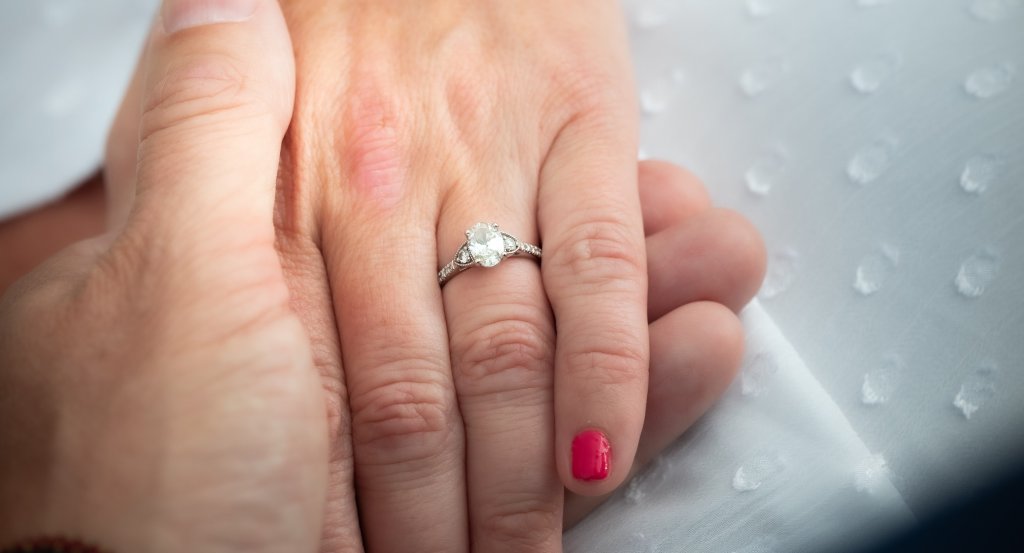
Mar 26, 2022 By Willyou.net
Low Setting Engagement Rings; The Complete Guide
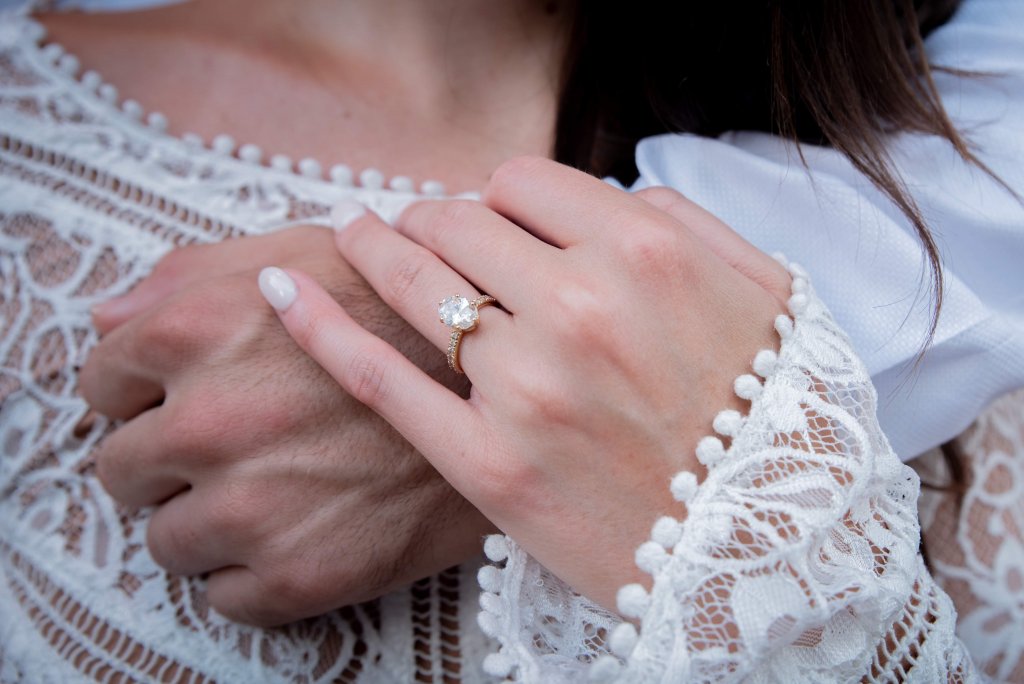
Aug 17, 2021 By Willyou.net
A Beginner’s Guide to Micro Pavé Settings
